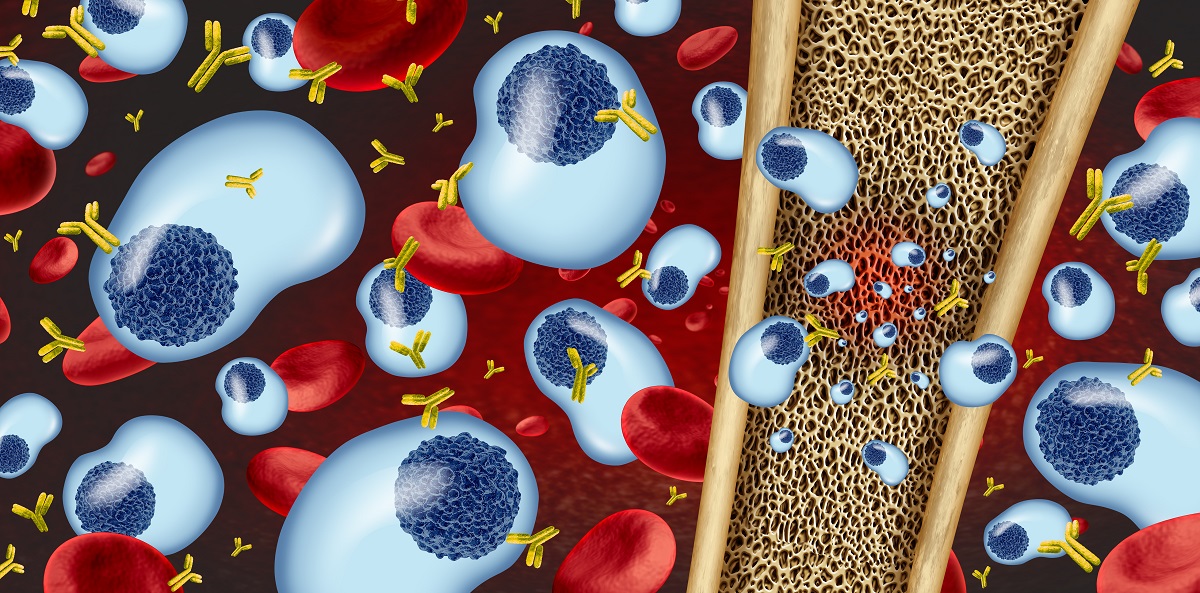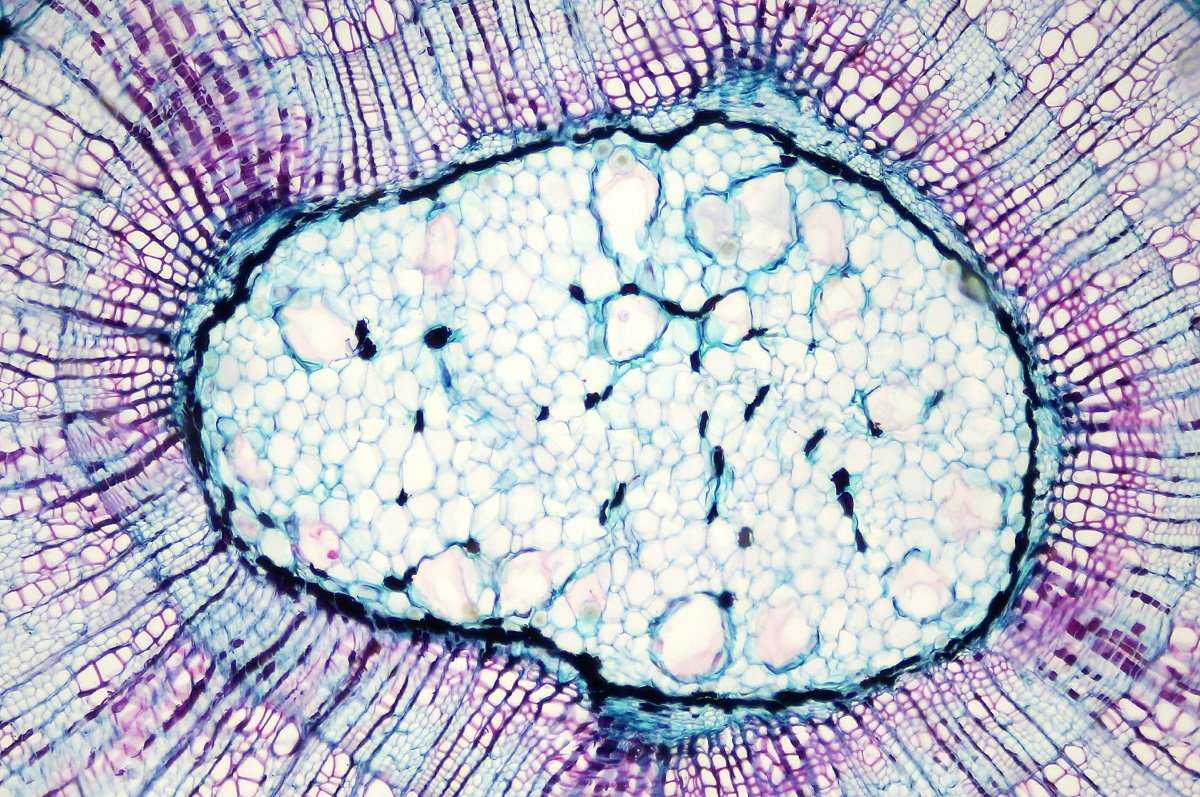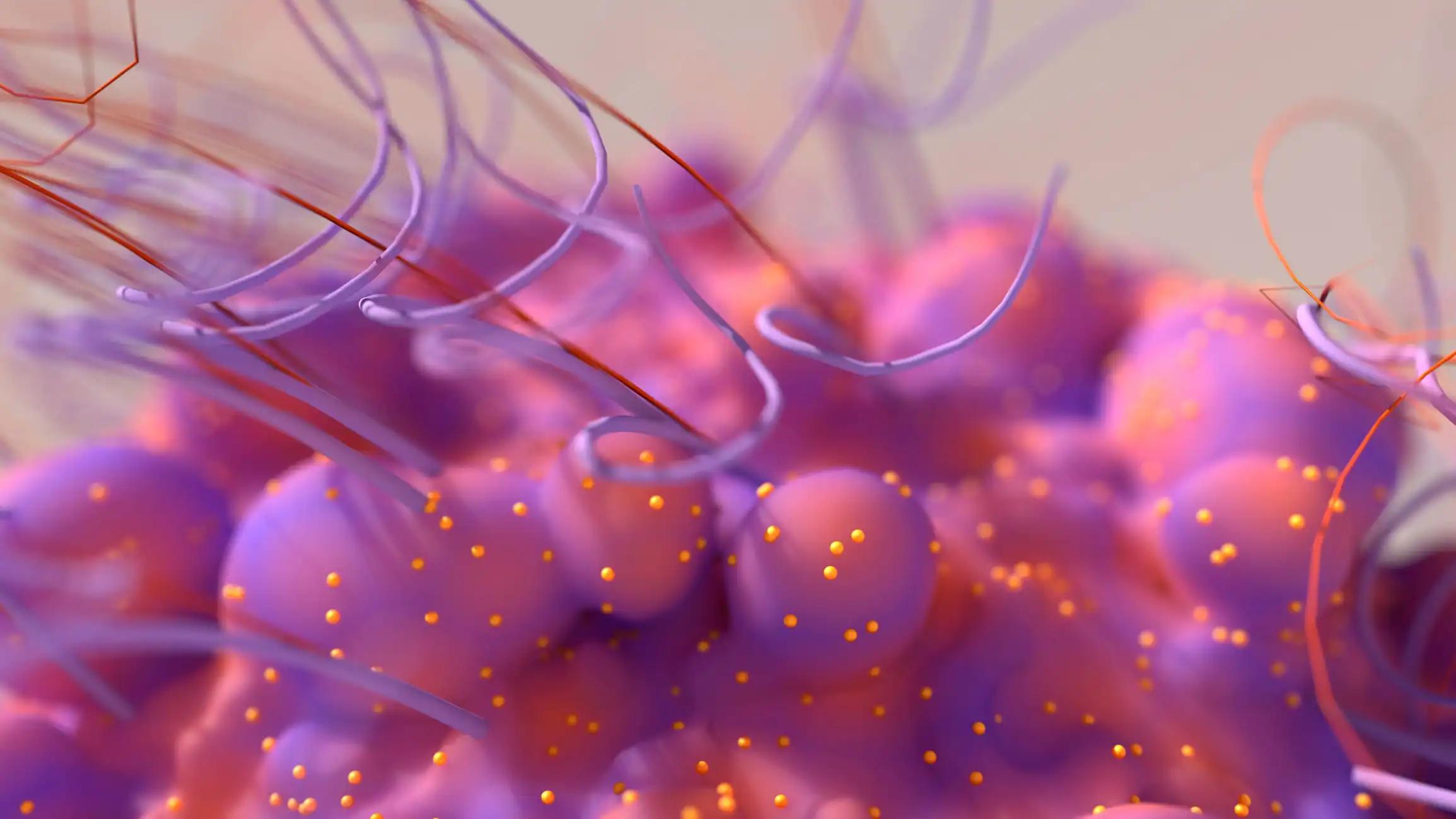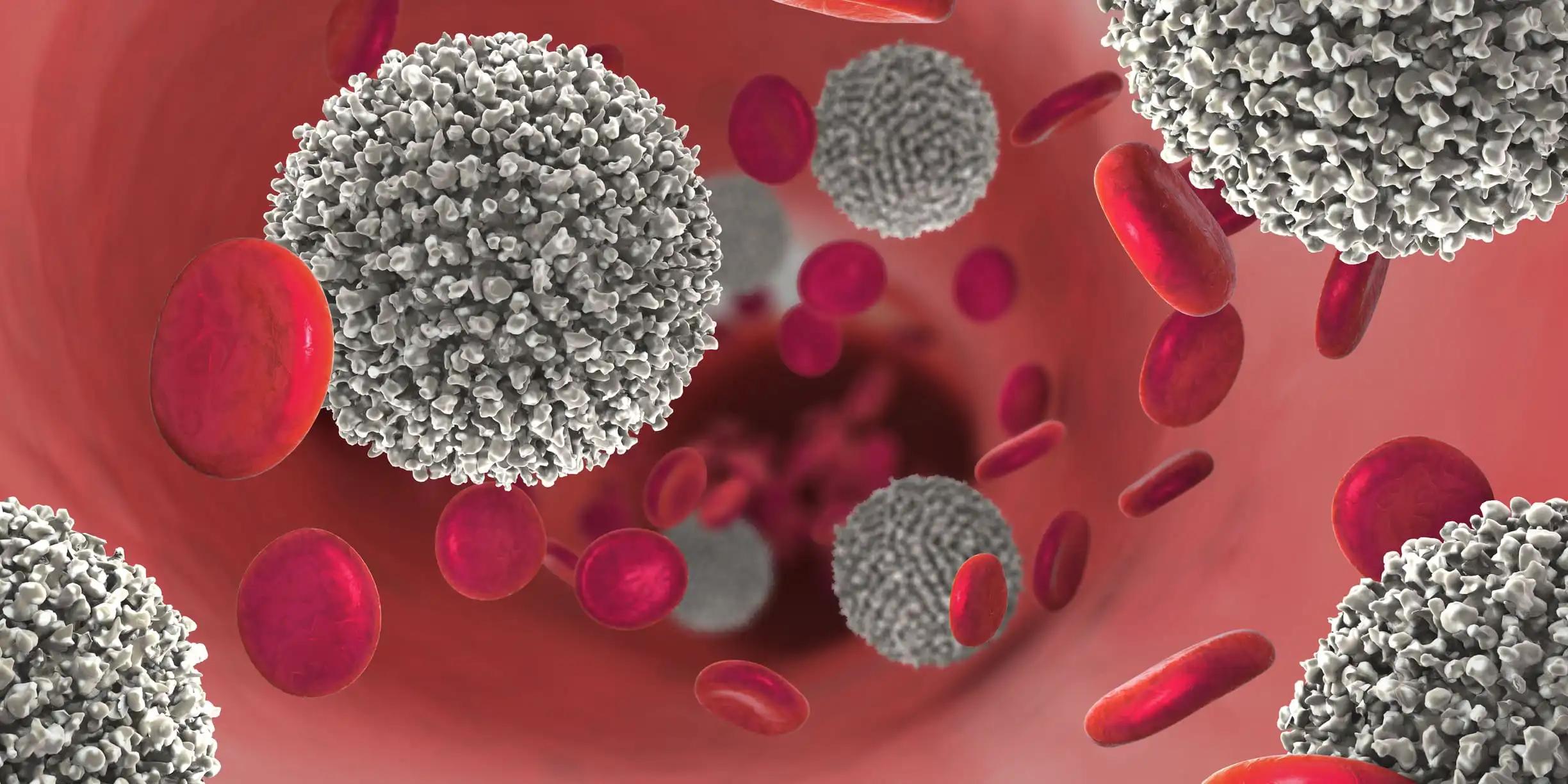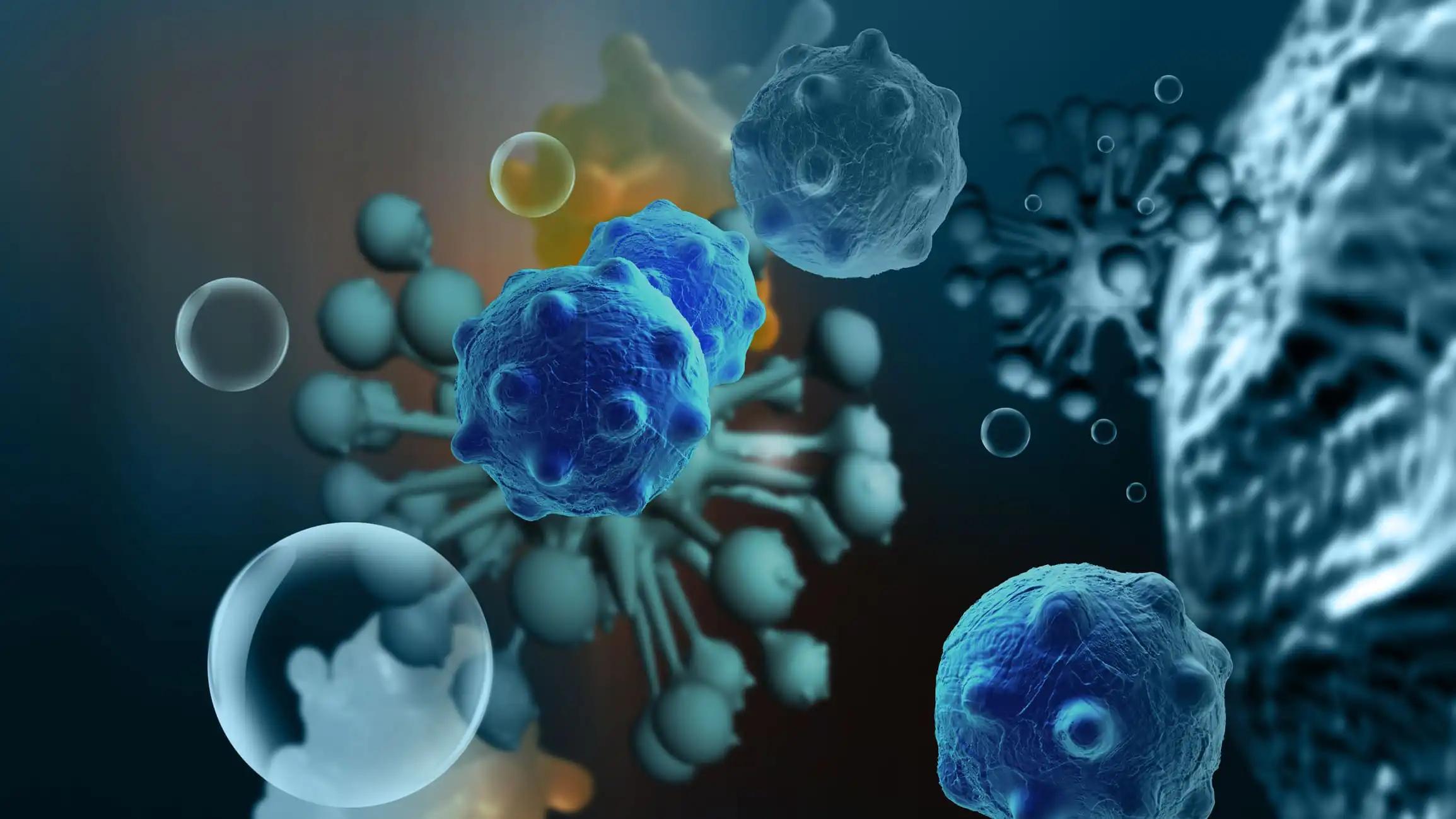KEY TAKEAWAYS
- The phase 1 trial aimed to investigate the safety, tolerability, and PK of HPN217 in R/R MM pts.
- The primary objectives were to evaluate the safety, tolerability, and PK and to determine RP2D.
- Researchers noticed robust clinical responses and the absence of DLT in the dose-escalation of HPN217 for R/R MM pts; further information will be provided later.
HPN217 is a novel tri-specific T cell engager designed to target B Cell Maturation Antigen (BCMA) in relapsed/refractory multiple myeloma (RRMM). With its three binding domains, including anti-BCMA for MM cell binding, anti-albumin for half-life extension, and anti-CD3 for T cell engagement, HPN217 represents a small (~50 kDa) globular protein engineered to enhance the therapeutic window by minimizing off-target toxicities and cytokine release syndrome (CRS).
Given the challenges of heavily pretreated RRMM patients (pts), Sumit Madan and his team aimed to assess the dose escalation of HPN217, focusing on its safety, tolerability, and pharmacokinetics (PK).
Researchers performed an inclusive analysis to evaluate the safety, pharmacology, and early clinical activity of HPN217 in a dose escalation study. The study employed fixed and step-dose (prime dose followed by target doses) across various cohorts. Eligible pts with RRMM had a history of at least 3 prior therapies, including a proteasome inhibitor, an immunomodulatory drug, and CD38-targeted therapy, with allowance for prior exposure to a BCMA-targeting agent.
The primary objectives encompassed assessing safety, tolerability, PK, and determining the Recommended Phase 2 Dose(s) (RP2D). The study also aimed to explore preliminary efficacy as a secondary objective. HPN217 was administered IV once weekly or once every 2 weeks. Adverse events (AEs) were graded according to CTCAE 5.0, with specific evaluation for CRS and immune effector cell-associated neurotoxicity syndrome (ICANS) following guidelines from ASTCT. Clinical activity was evaluated based on the International Myeloma Working Group (IMWG) Response Criteria.
About 97 pts were enrolled in the completed dose escalation of HPN217, spanning 15 cohorts and expanding into 3 regimens with the highest target dose levels established during escalation (12mg weekly; 24mg every 2 weeks; 24mg weekly for 1 cycle followed by 24mg every 2 weeks). As of June 26, 2023, 94 pts were treated, having undergone a median (range) of 6 (2-19) prior lines of treatment, (62% penta-exposed, 17% BCMA-targeted therapy, 68% prior transplantation). The median age was 70 years (38-85). 36 pts (38%) remain on treatment.
The most common treatment-emergent adverse events (TEAEs), observed in (≥25%) of pts across all cohorts and specifically in the 12mg and 24mg cohorts. Notably, dose-limiting toxicities (DLTs) of reversible transaminitis (Gr 3, n=1; Gr 4, n=1) in 2 pts at the 2.86 mg fixed dose during escalation influenced the choice of 2.15 mg as the priming dose in the highest step dose cohorts. Importantly, a maximum tolerated dose (MTD) has not been reached in the step dose cohorts.
CRS events were predominantly grade 1-2, except for one grade 3 event at 24 mg. Grade 1 ICANS was reported in 2 pts. Responses were noted at doses ≥2.15 mg, and among the 12mg and 24mg cohorts, 55% (22/40) of efficacy-evaluable pts currently exhibit a confirmed response (PR or better). This includes 2 pts with prior BCMA-directed CAR-T cell therapy. Of those with a response, 73% (16/22) achieved a confirmed response of VGPR or better.
Across all dose levels, the median time on treatment for pts with a confirmed response was 40 weeks (range 8.3-114 weeks), with 9 pts continuing treatment for over 12 months. Data is maturing to include longer follow-up on recently enrolled pts. HPN217 demonstrated linear and dose-proportional PK across all dose groups, with a median half-life of 68 hours (range 26-197 hours). Transient cytokine increases were higher with the initial/priming dose compared to subsequent/target doses.
The study concluded that dose escalation of HPN217, a novel half-life extended BCMA-targeting T-cell engager, was successfully completed, and the MTD was not reached in step dose cohorts. The 12mg and 24mg target doses exhibited excellent tolerability, with AE profiles comparable to those observed at lower dose levels. Importantly, these doses were associated with robust and durable clinical responses. Ongoing follow-up of recently enrolled pts in the 12mg and 24mg cohorts will play a crucial role in informing the choice of the RP2D(s).
The study is sponsored by Harpoon Therapeutics
Source: https://ash.confex.com/ash/2023/webprogram/Paper182345.html
Clinical Trial: https://clinicaltrials.gov/study/NCT04184050
Madan S, Costello C L, Lipe B, et al. (2023). “ Results from the Completed Dose Escalation Portion of the Phase 1 Study of HPN217, a Half-Life Extended Tri-Specific T Cell Activating Construct (TriTAC®) Targeting B Cell Maturation Antigen (BCMA) for Relapsed/Refractory Multiple Myeloma (MM).” Presented at ASH 2023 (Abstract 1012).


